Another vote for the JL Extractor Hood Vents


A little lesson in aerodynamics (as provided to me by my cousin - who builds & designs kit planes for a living). Technically all 3 concepts work, so this comes down to more of a level of efficiency and at what speeds they are more-or-less effective. Also it should be noted that for purposes of cooling the radiator - the radiator sould have a sealed shroud towards the front of the car (this forces the additional airflow through the radiator instead of allowing it to escape around it).
Option 1: Simply cut a hole in the hood...
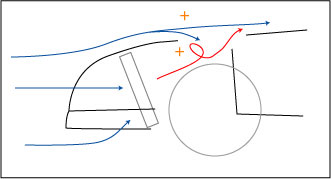
This allows hot air to escape through the top, but only once the pressure below the hood exceeds that above it. Additionally, the air being forced into the vent through the forward-facing nature further disrupts this airflow. It works, but not the most efficient
Option 2: Create a "vent" in the hood (with no raised leading edge)
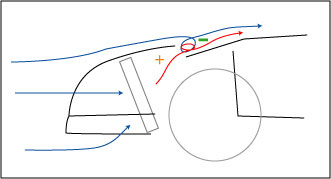
This option creates a negative pressure zone which helps create a vaccum to "suck" the air out from below the hood. Unfortunately the lack of a raised leading edge creates additional turbulence in the airflow - reducing efficiency. Vents with a specific "flow" to them will tend to operate more efficiently at lower speeds.
Option 3: Create a "vent" in the hood (with raised leading edge)
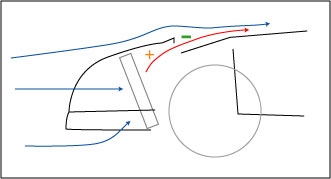
This option uses the raised leading edge to smooth the airflow over the vent - creating a stronger negative pressure zone and pulling the air more efficiently through the opening. Again, vents with a specific "flow" to them will tend to operate more efficiently at lower speeds.
I'd like to point out that all these work, and we generally don't travel at speeds where the efficiency is really a high importance... but these are just the physics of the vent/scoop conecpt (as presented to me by someone with some signifigant aerodynamics experience) 
------------------

Looking for Fiero posters?


















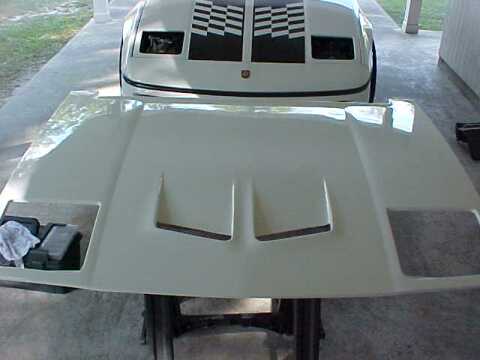

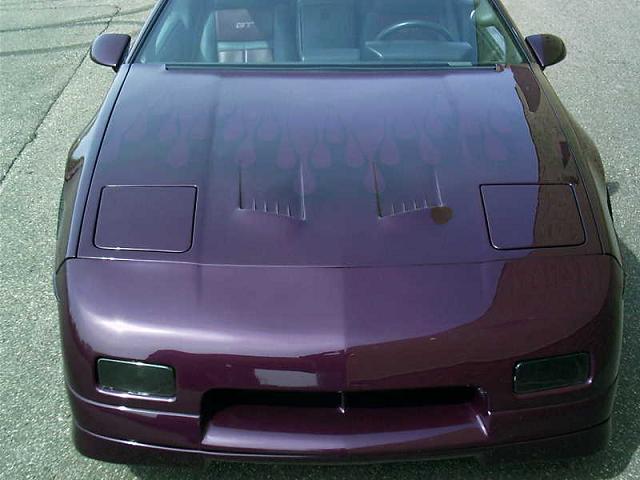
 its always the ones you dont suspect
its always the ones you dont suspect








 You can get there by going straight up I35 (stay to the "E" side when you get this far north) from Texas! BTW: Didn't you know that our former Gov Jesse Ventura declared that the streets of St.Paul must've been layed out by Drunk Irishmen
You can get there by going straight up I35 (stay to the "E" side when you get this far north) from Texas! BTW: Didn't you know that our former Gov Jesse Ventura declared that the streets of St.Paul must've been layed out by Drunk Irishmen 